Beautiful Ring
Gold Jewellery - 22 KT yellow gold (3.560 gram) - LR22/2197
₹38,337 Incl. GST
| Collections |
Gold Jewellery |
|---|---|
| Categories |
Ladies Ring |
| Metal Purity |
22 KT |
| Metal Weight |
2-5 g |
| Diamond Weight | |
| Gender |
female |
| Ocassions |
Daily Wear |
Available on backorder
Expected Shipping within 20 days
Not sure, what to buy? Happy to help you.
Call Us 919817975973
SKU:
LR22/2197
Category: Ladies Ring
Breakup
Product Details
Product Code
LR22/2197
Metal Details
Gross WT (Approx).
3.560 gram
Metal Color
yellow
Gold
3.560 gram -
22 KT
Price Breakup
metal
₹ 31933
Making
₹ 5287
tax
₹ 1117
Total
₹ 38337
Be the first to review “Beautiful Ring” Cancel reply
You must be logged in to post a review.

 Gents Ring
Gents Ring 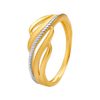 Ladies Rings
Ladies Rings 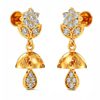 Earrings
Earrings 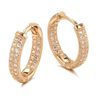 Bali
Bali 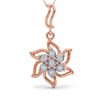 Pendants
Pendants 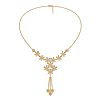 Necklace
Necklace 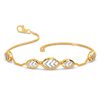 Bracelets
Bracelets 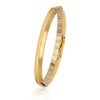 Gents Kada
Gents Kada  Gold Bangles
Gold Bangles  Watch
Watch 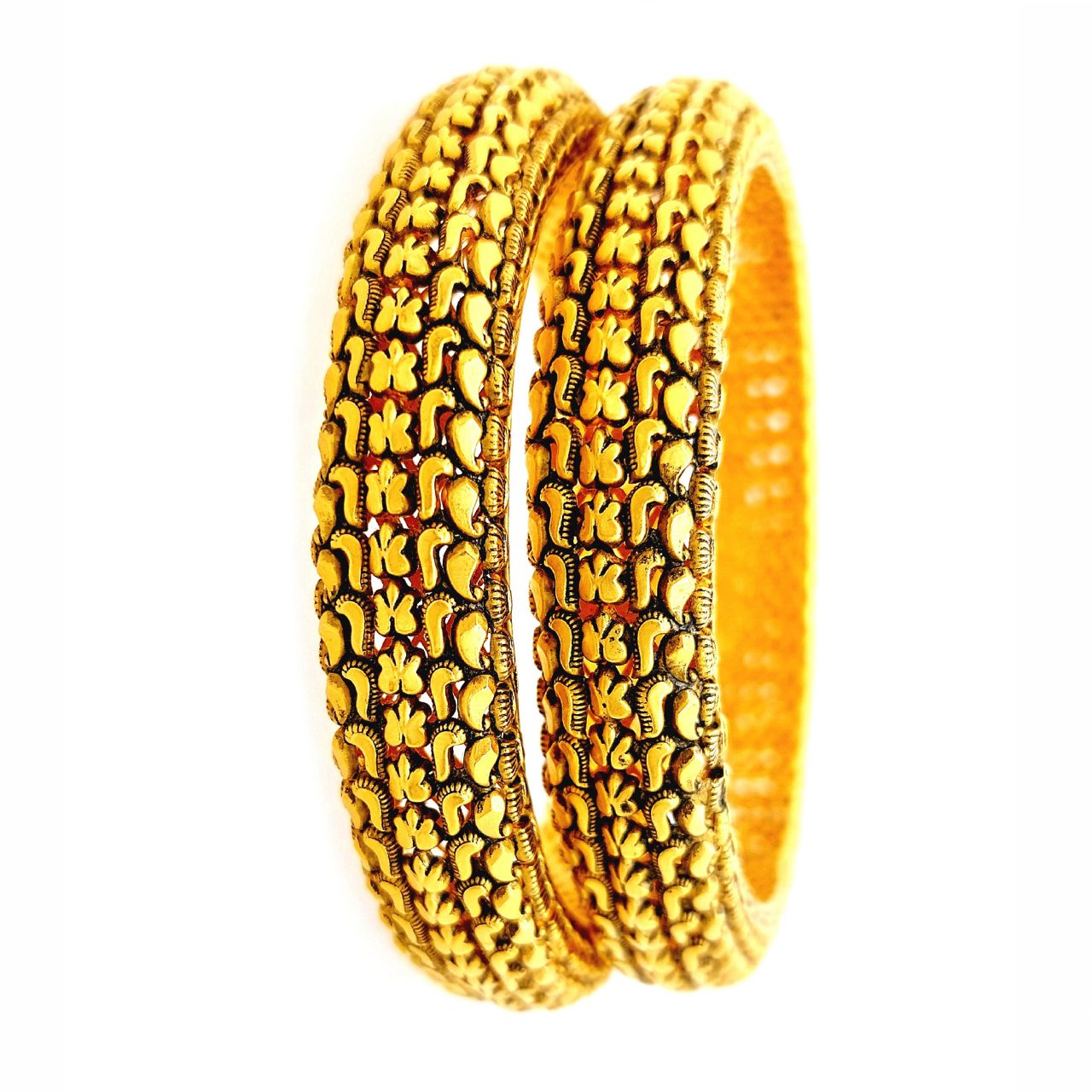 Ladies Kade
Ladies Kade 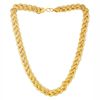 Chains
Chains 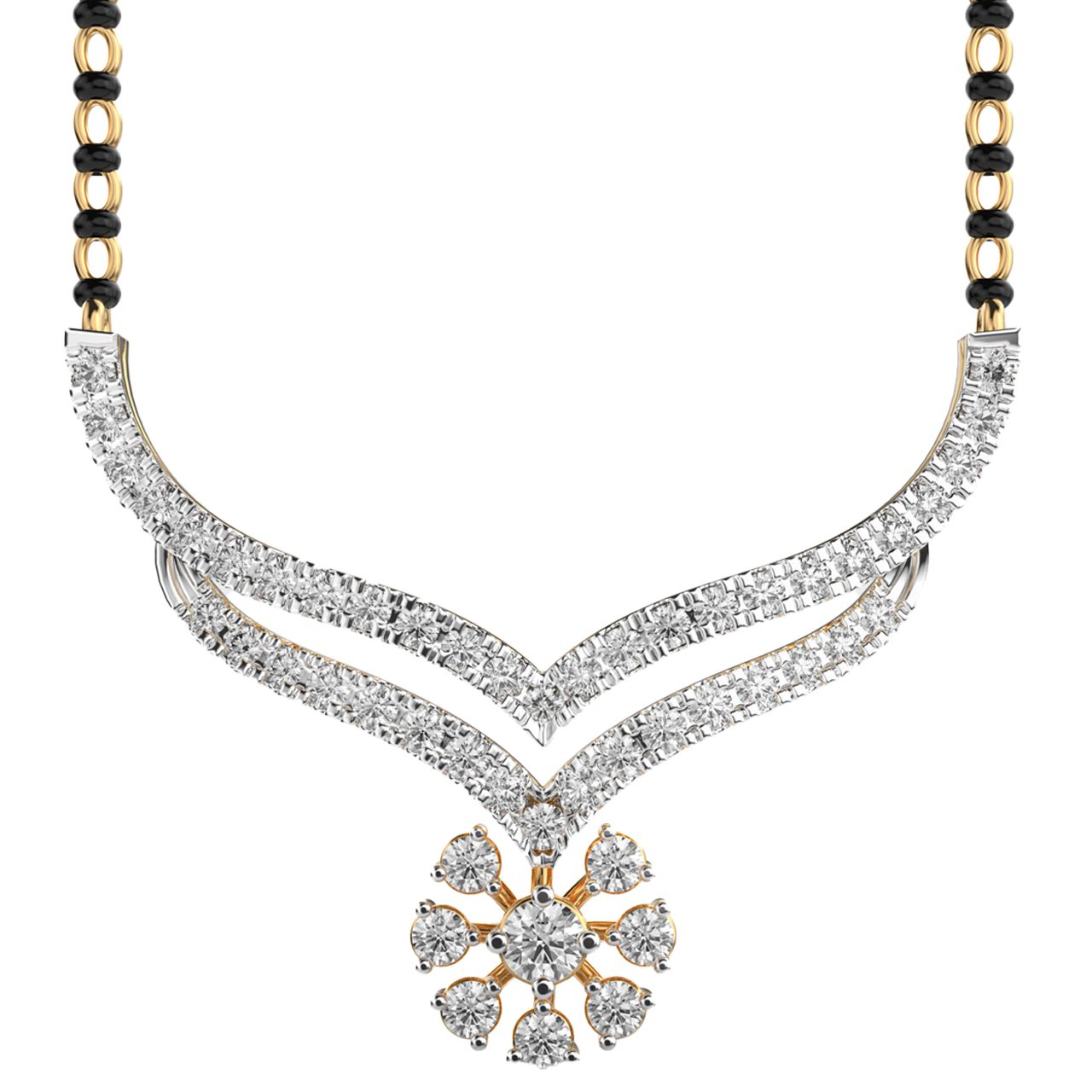 Mangalsutras
Mangalsutras  Nosepins
Nosepins 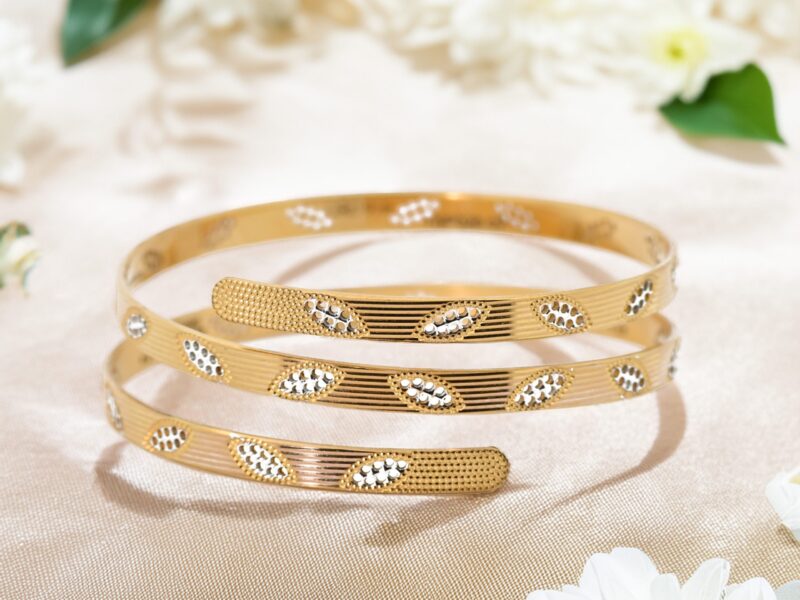
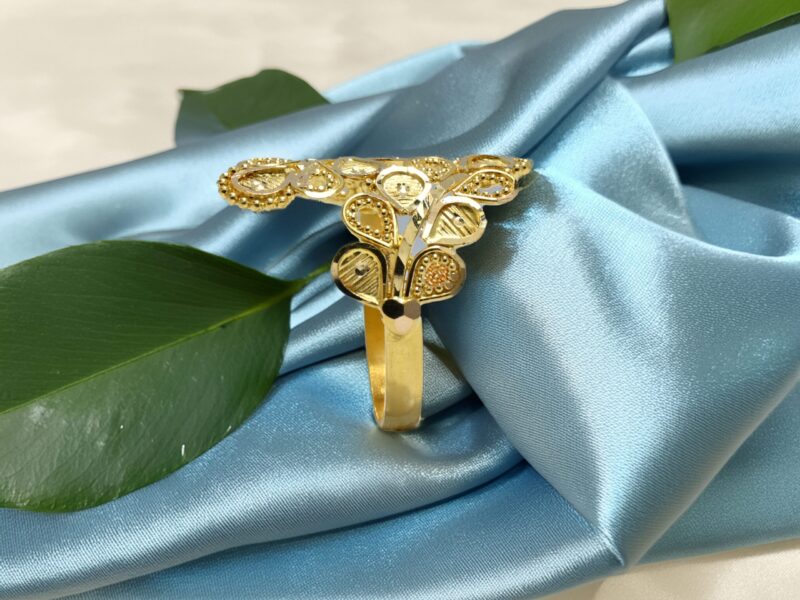
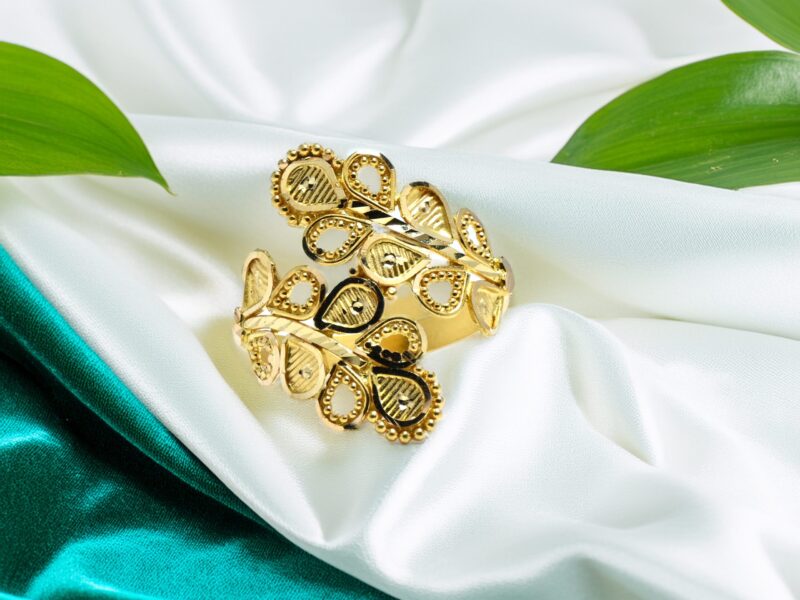
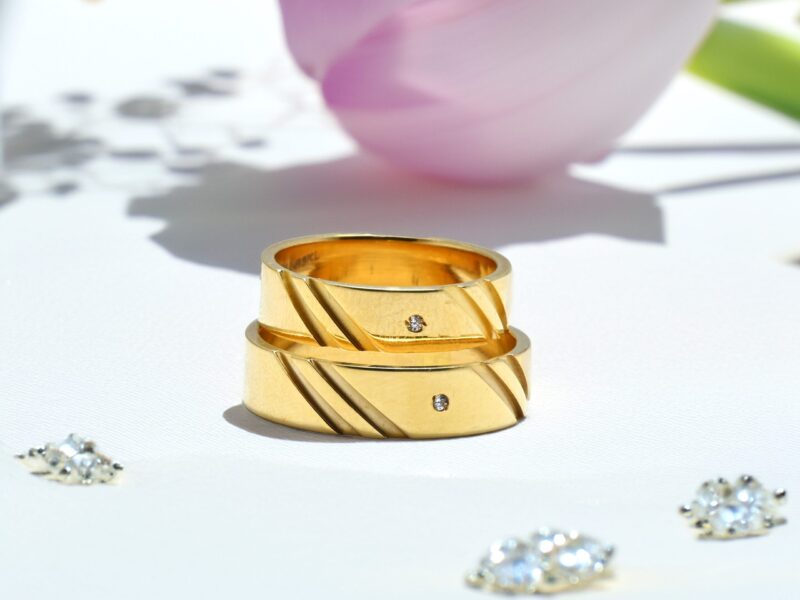
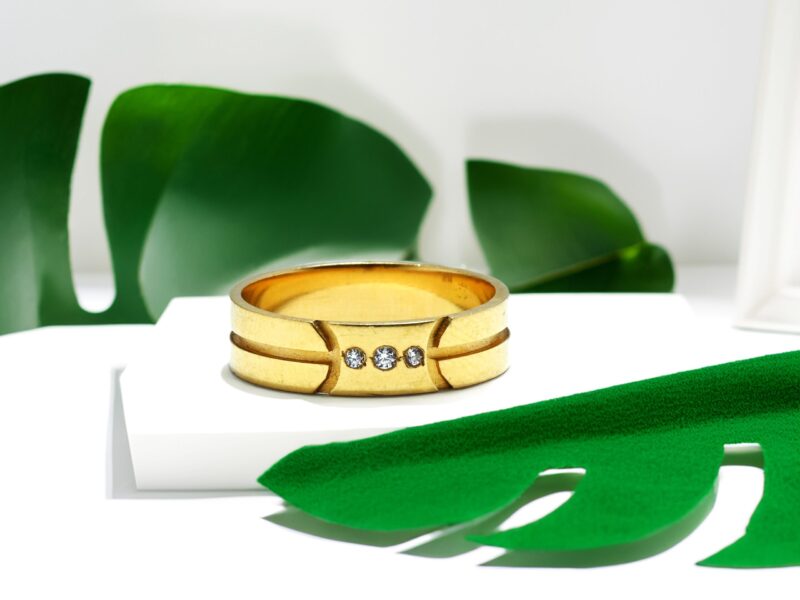
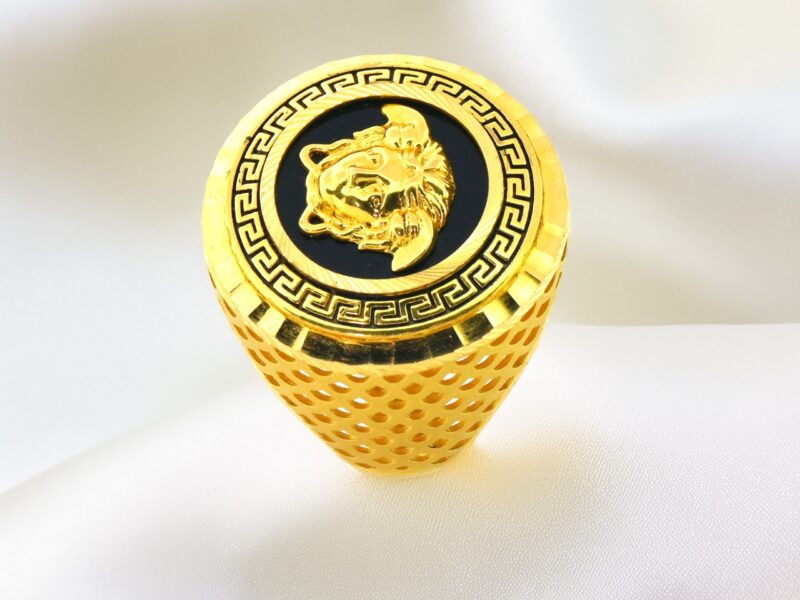
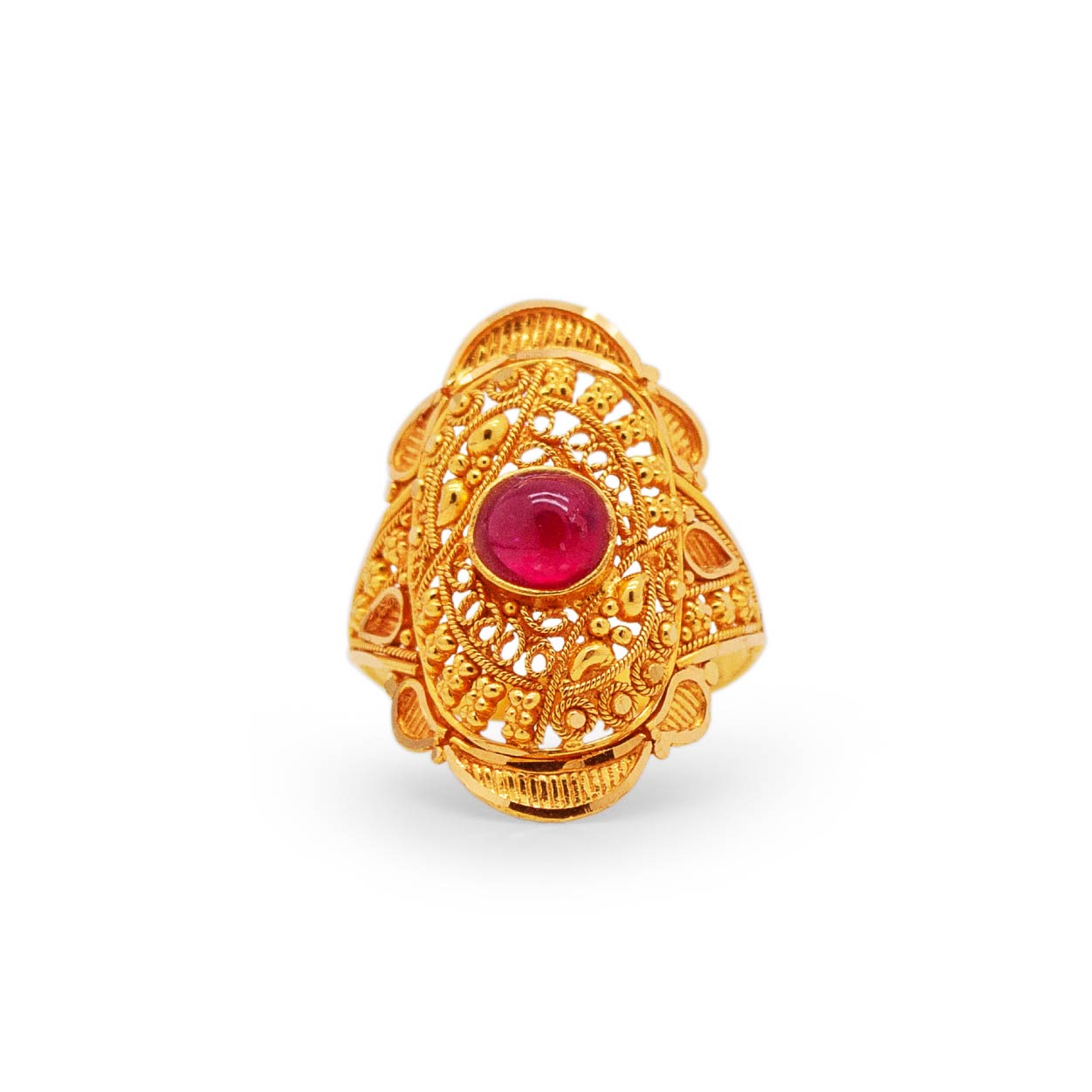
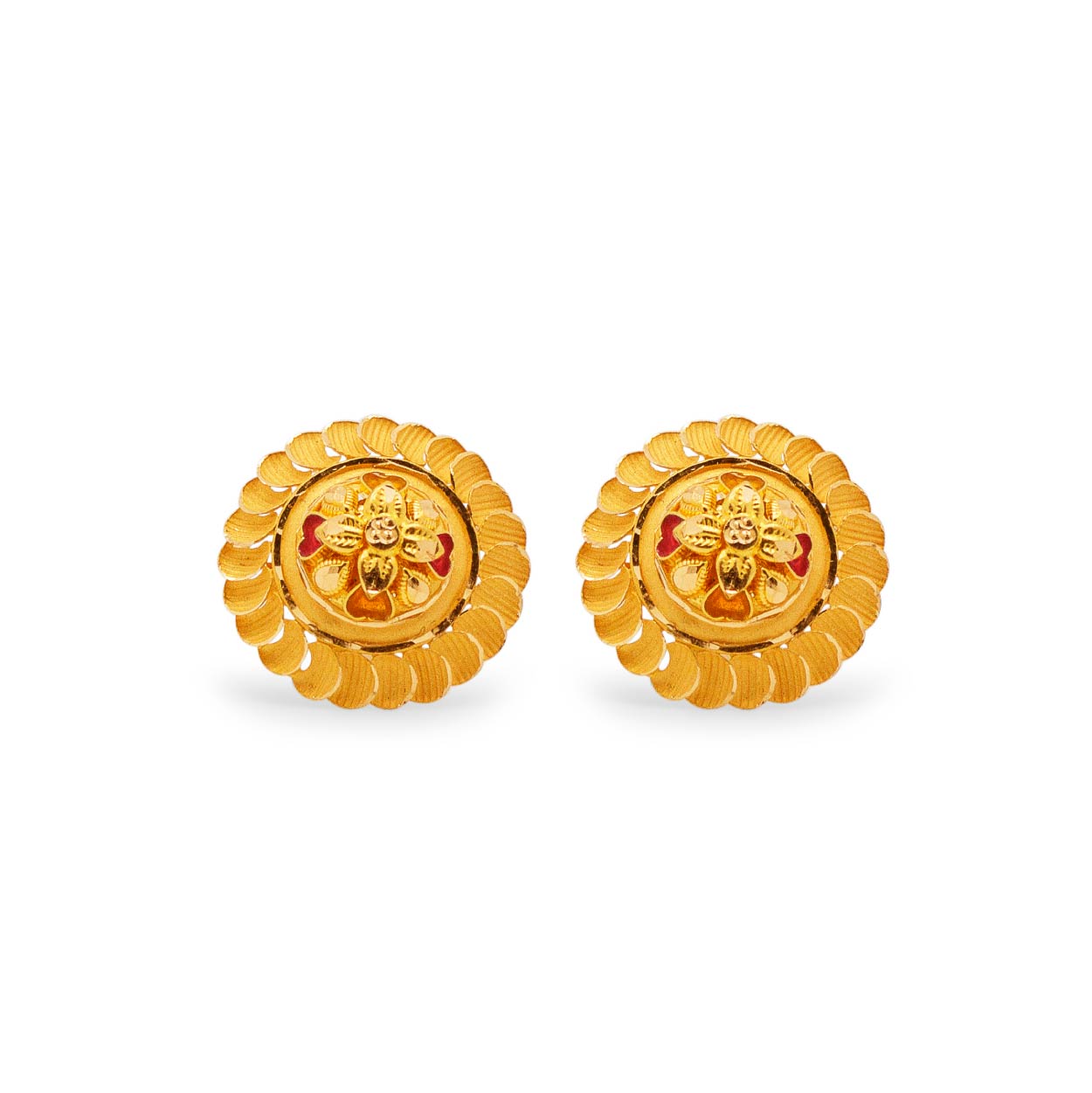
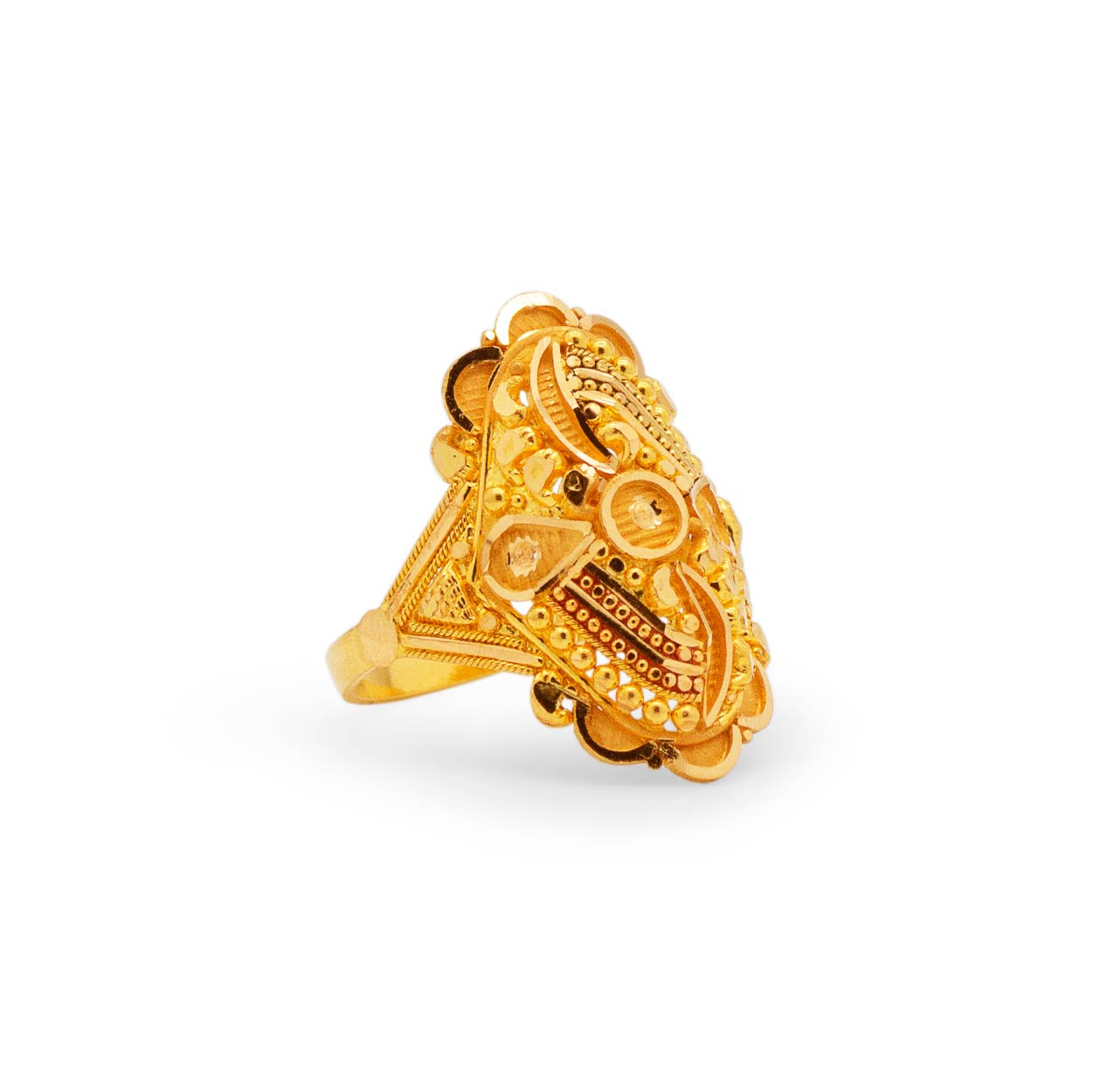
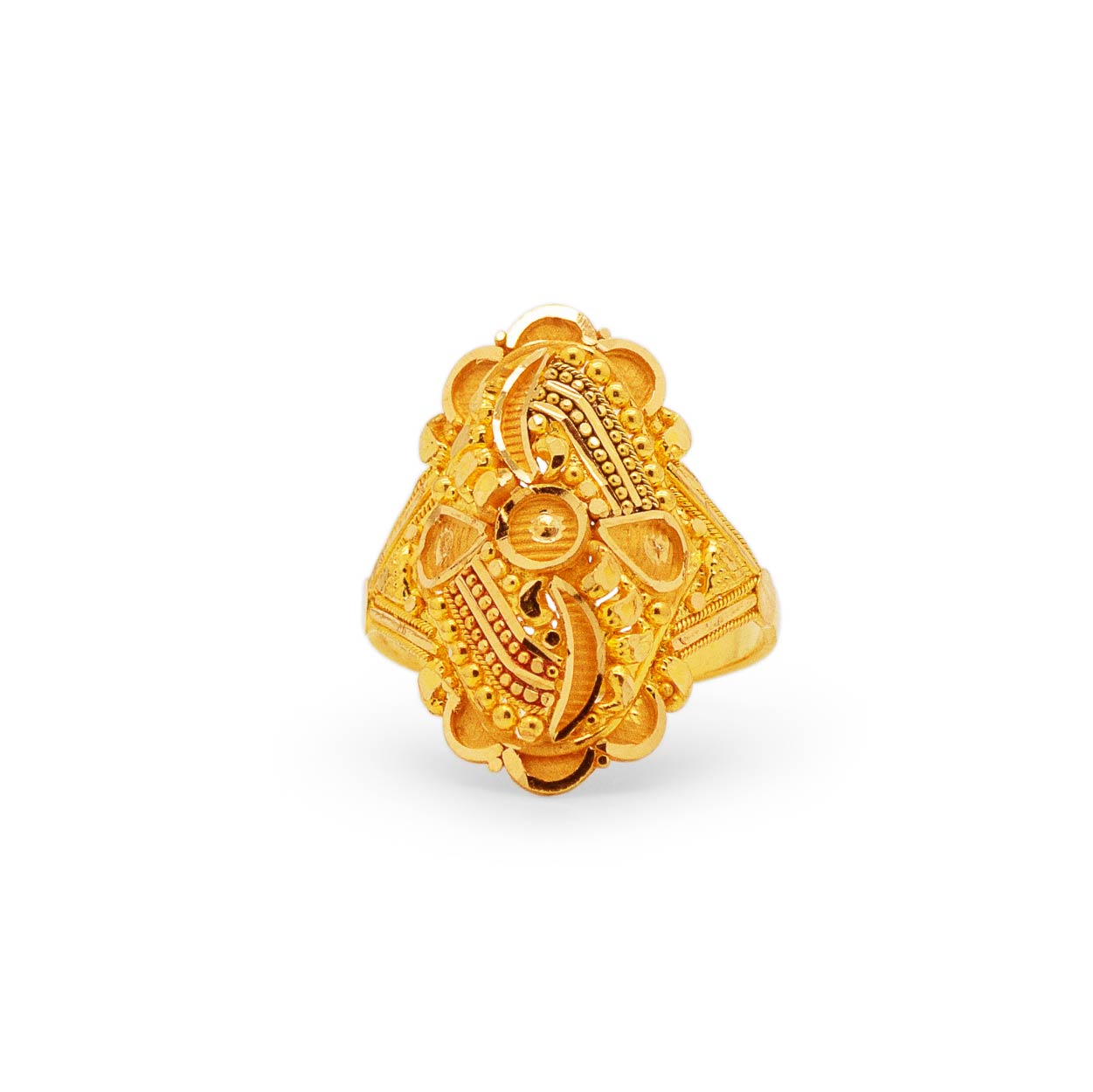
 100% Hallmarked Jewellery
100% Hallmarked Jewellery Trust of FCBL
Trust of FCBL Certified Diamond Jewellery
Certified Diamond Jewellery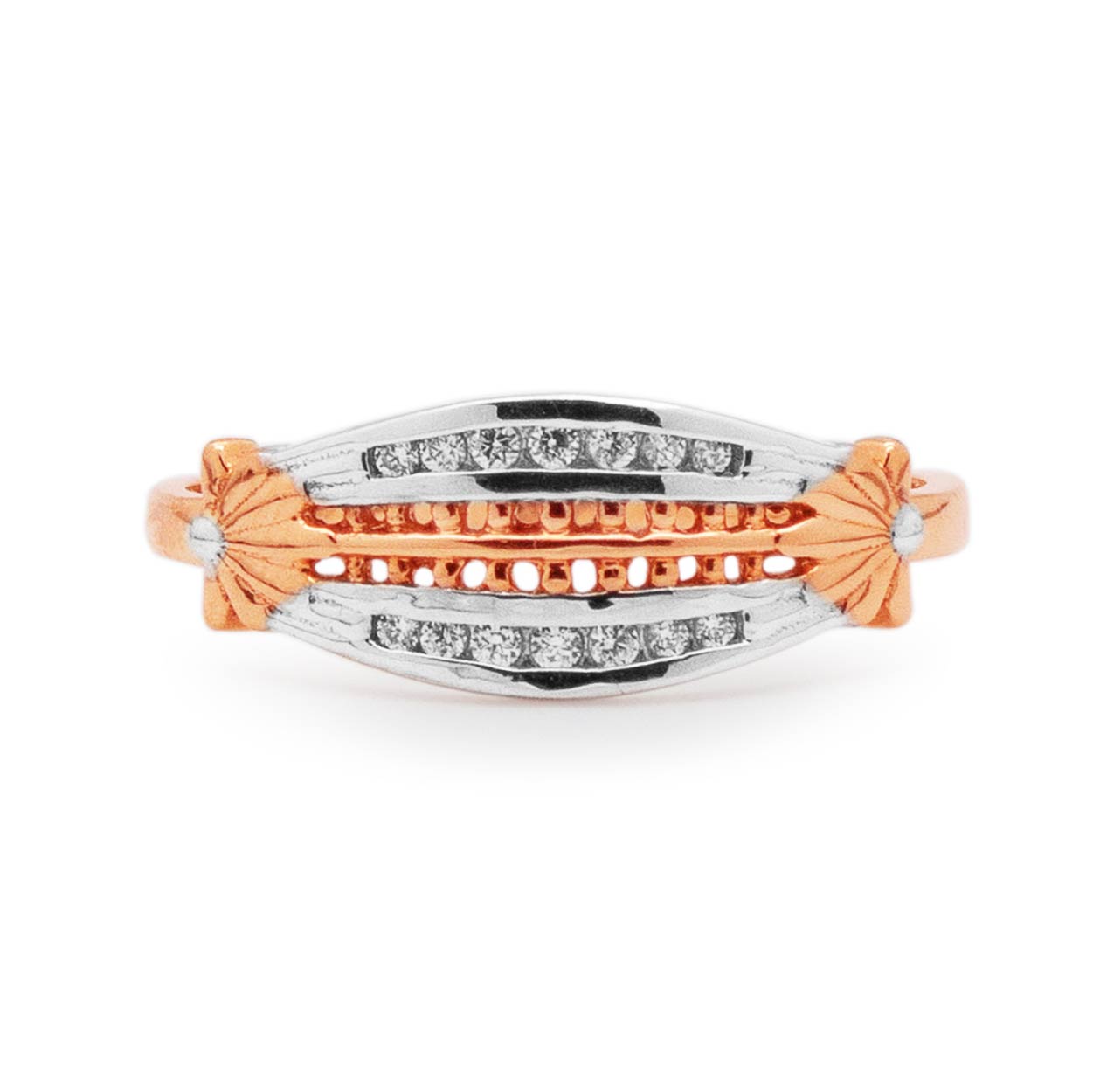
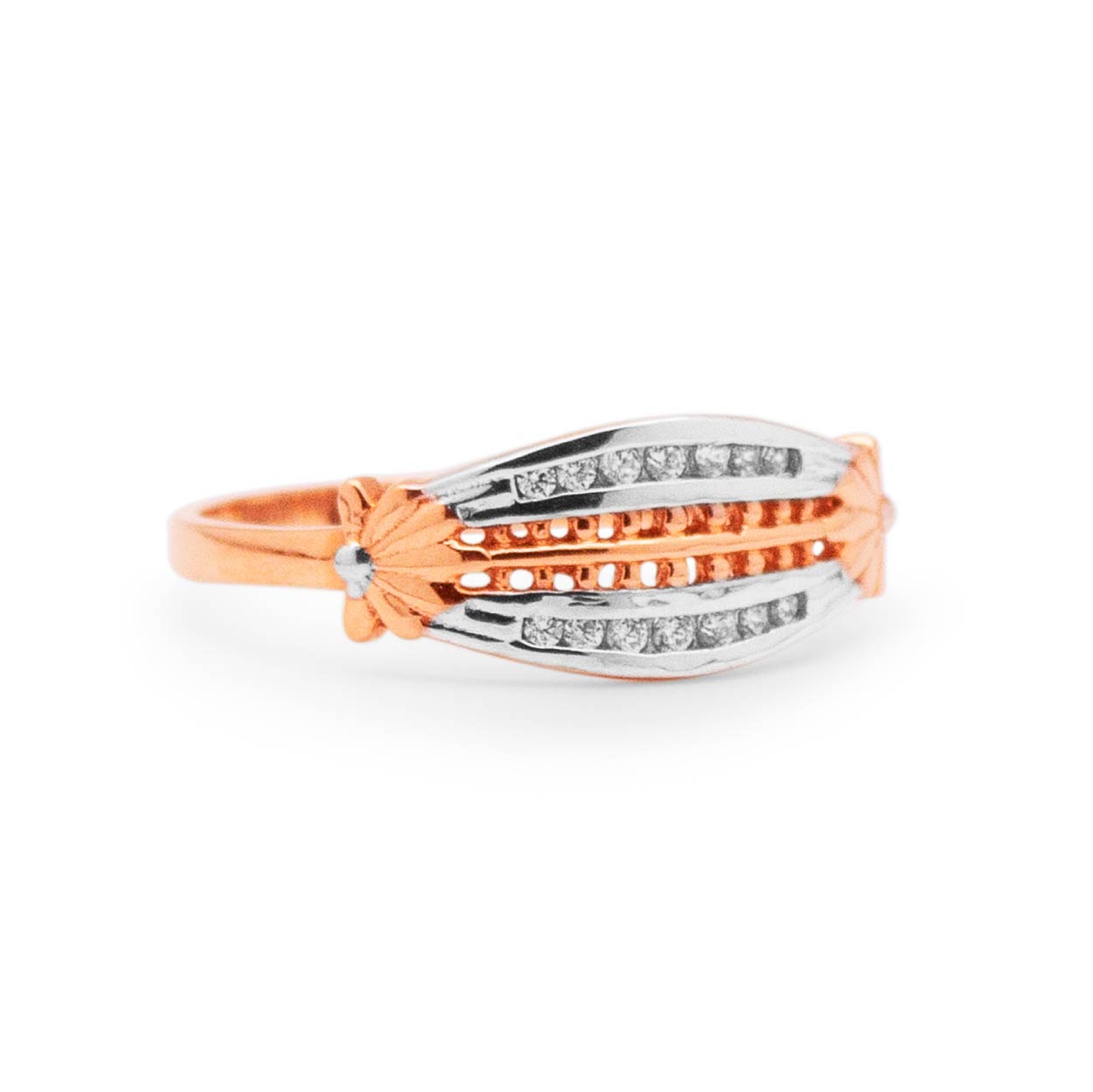
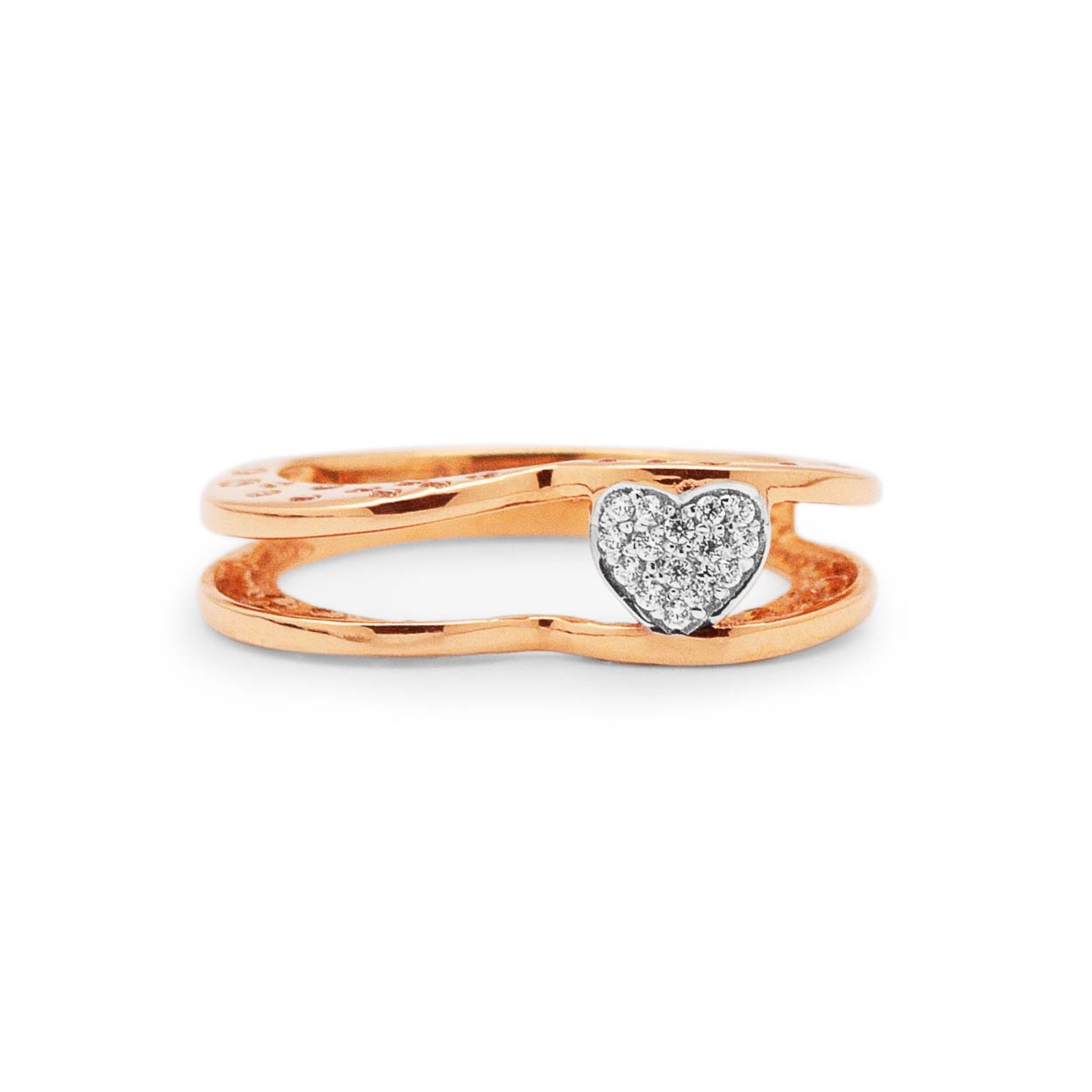
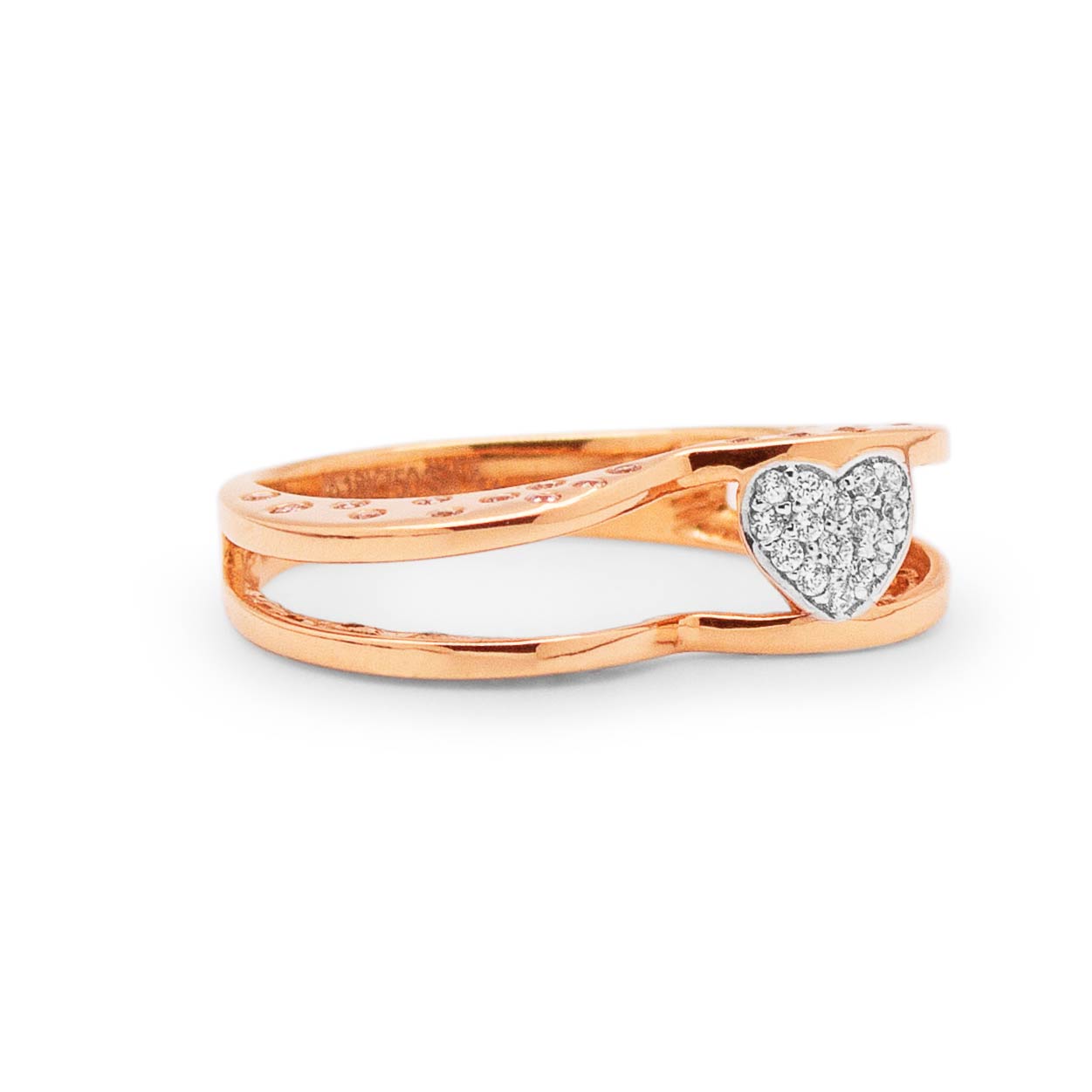
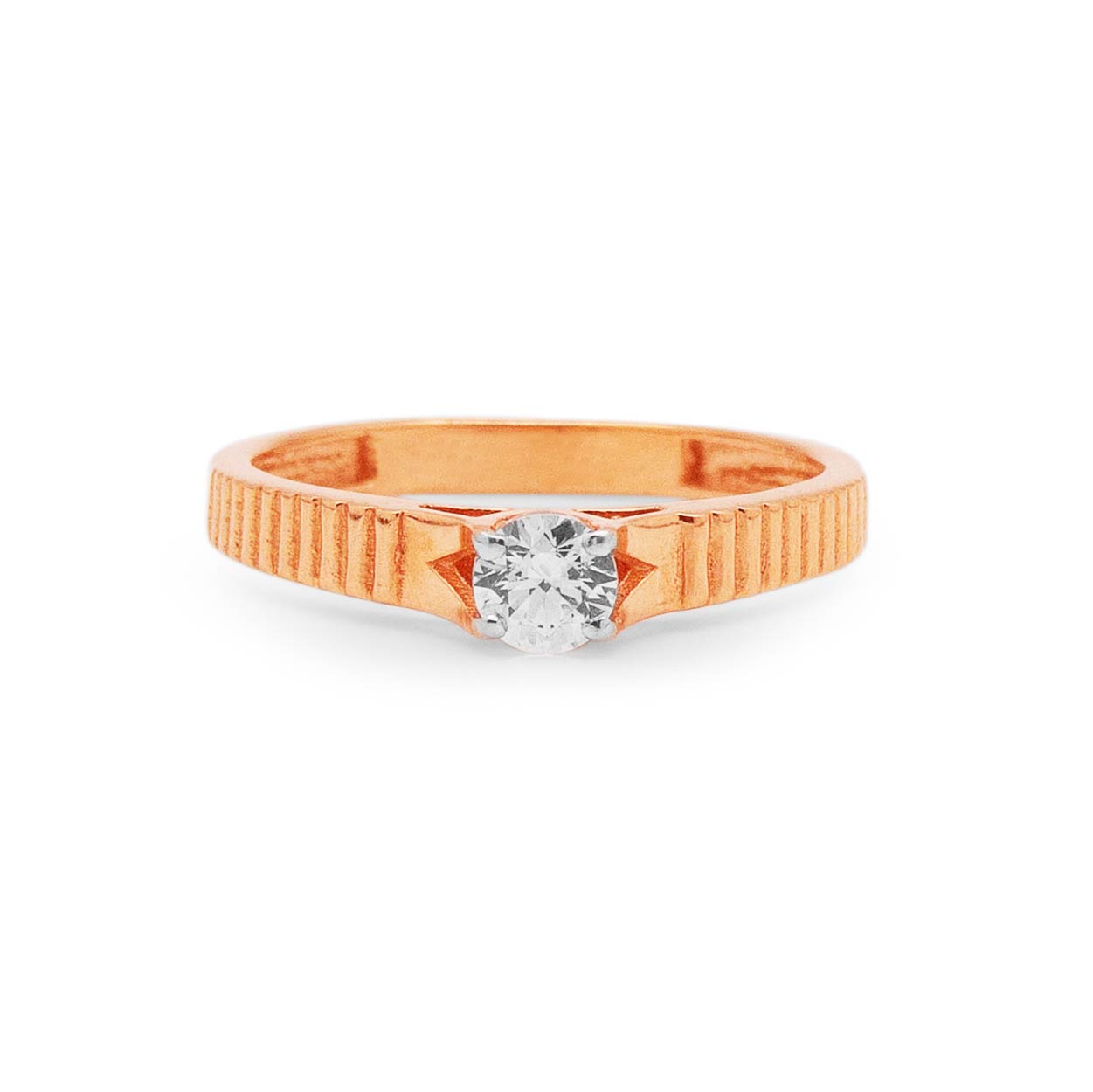
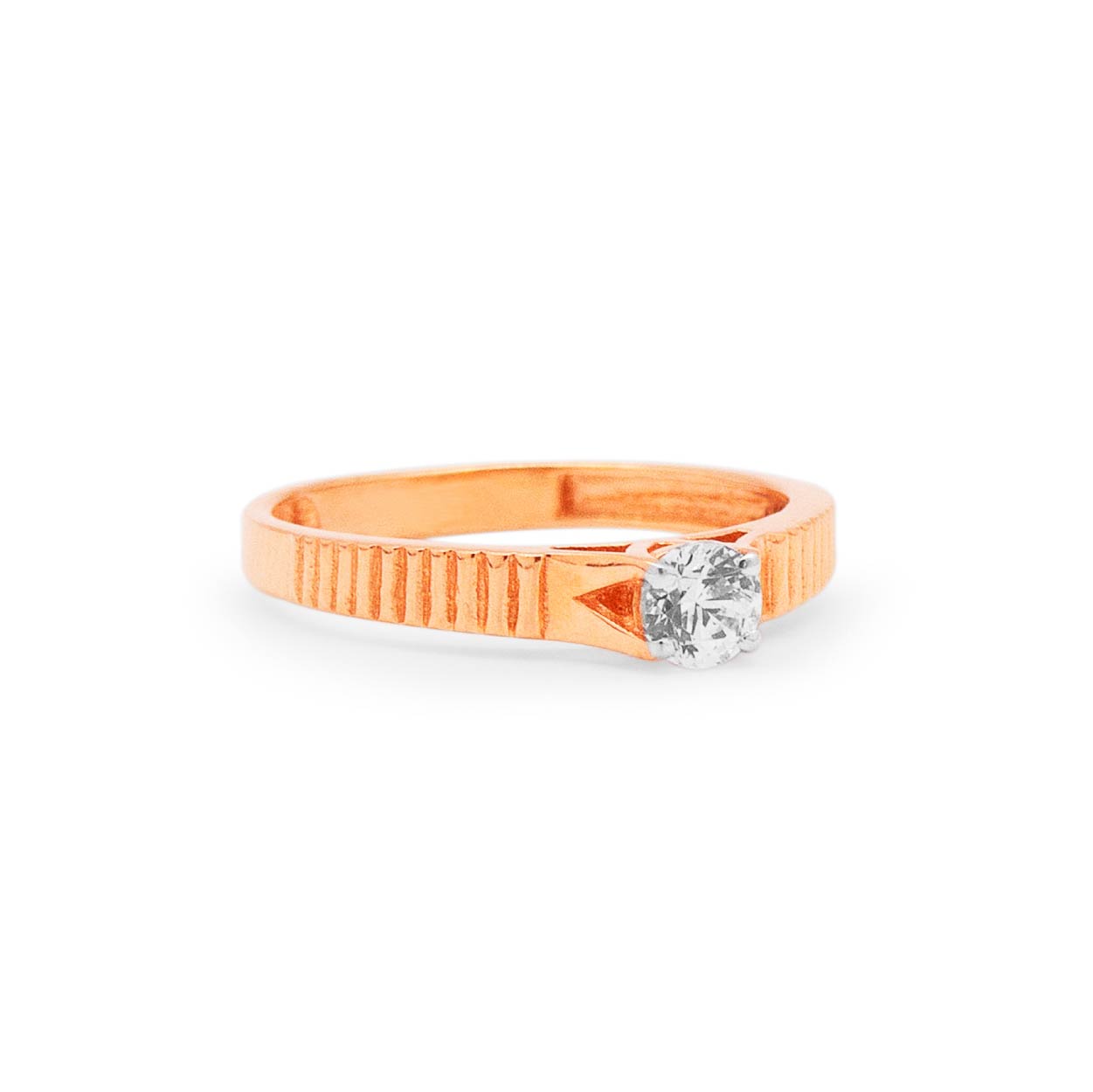
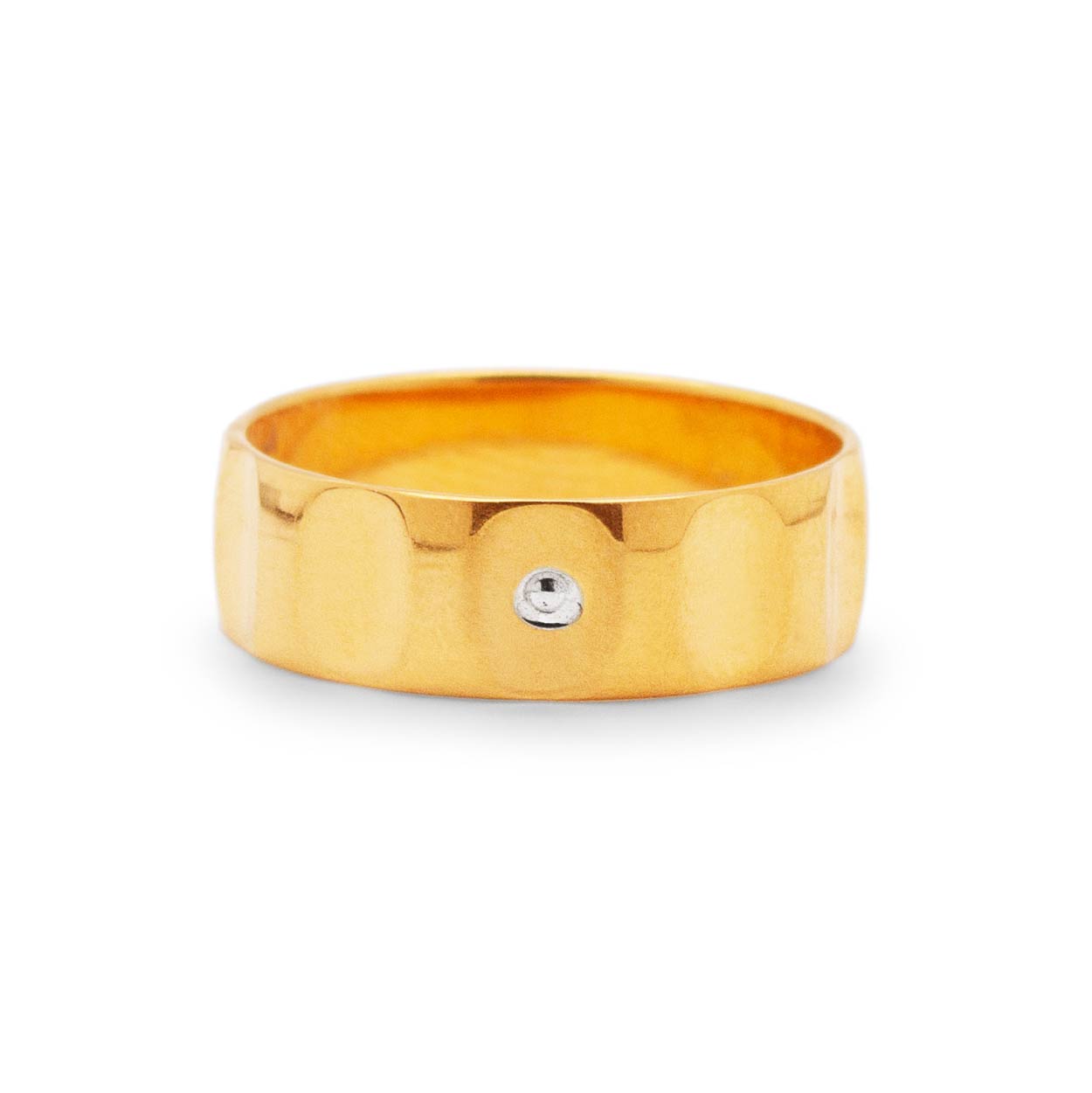
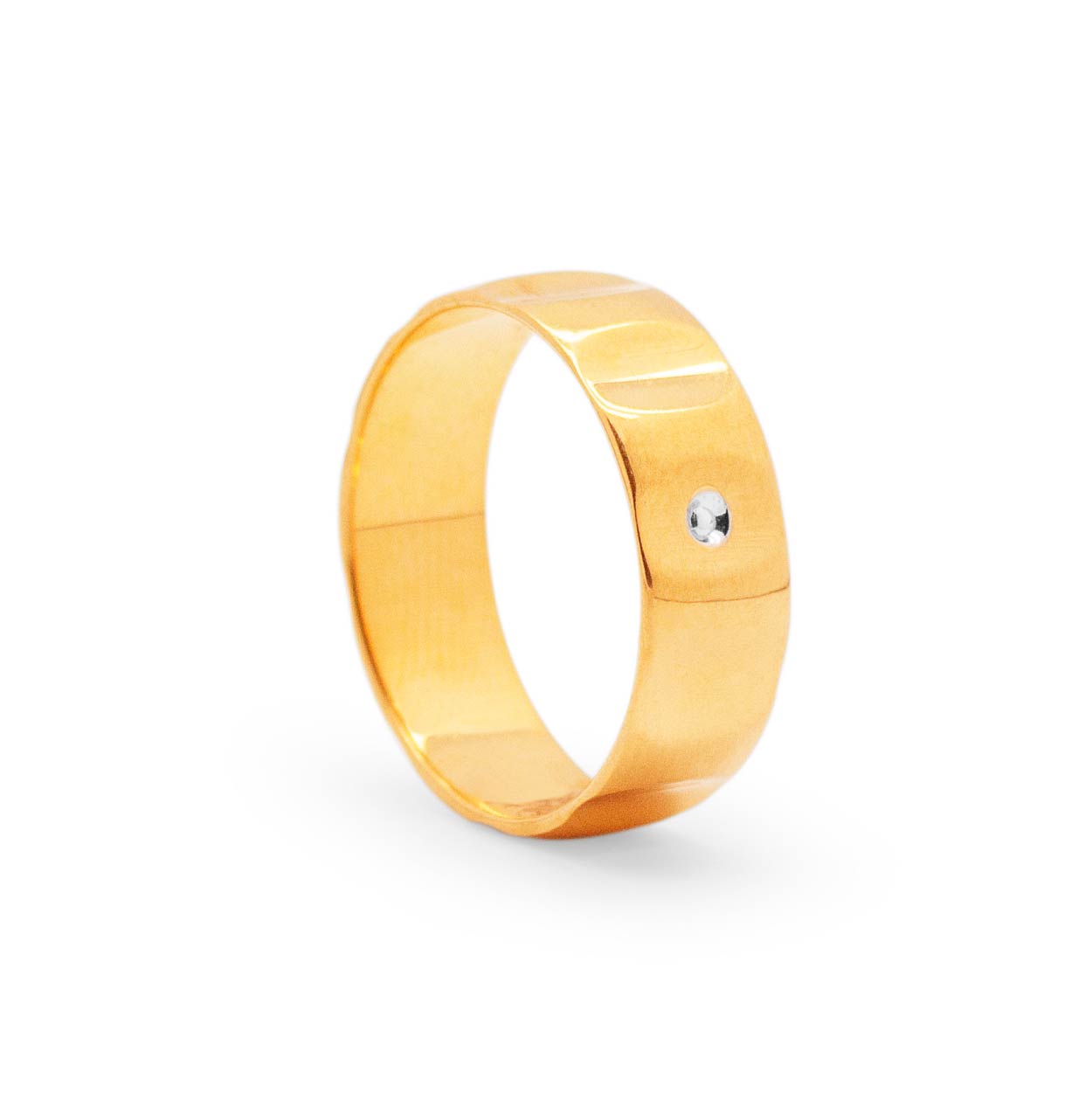
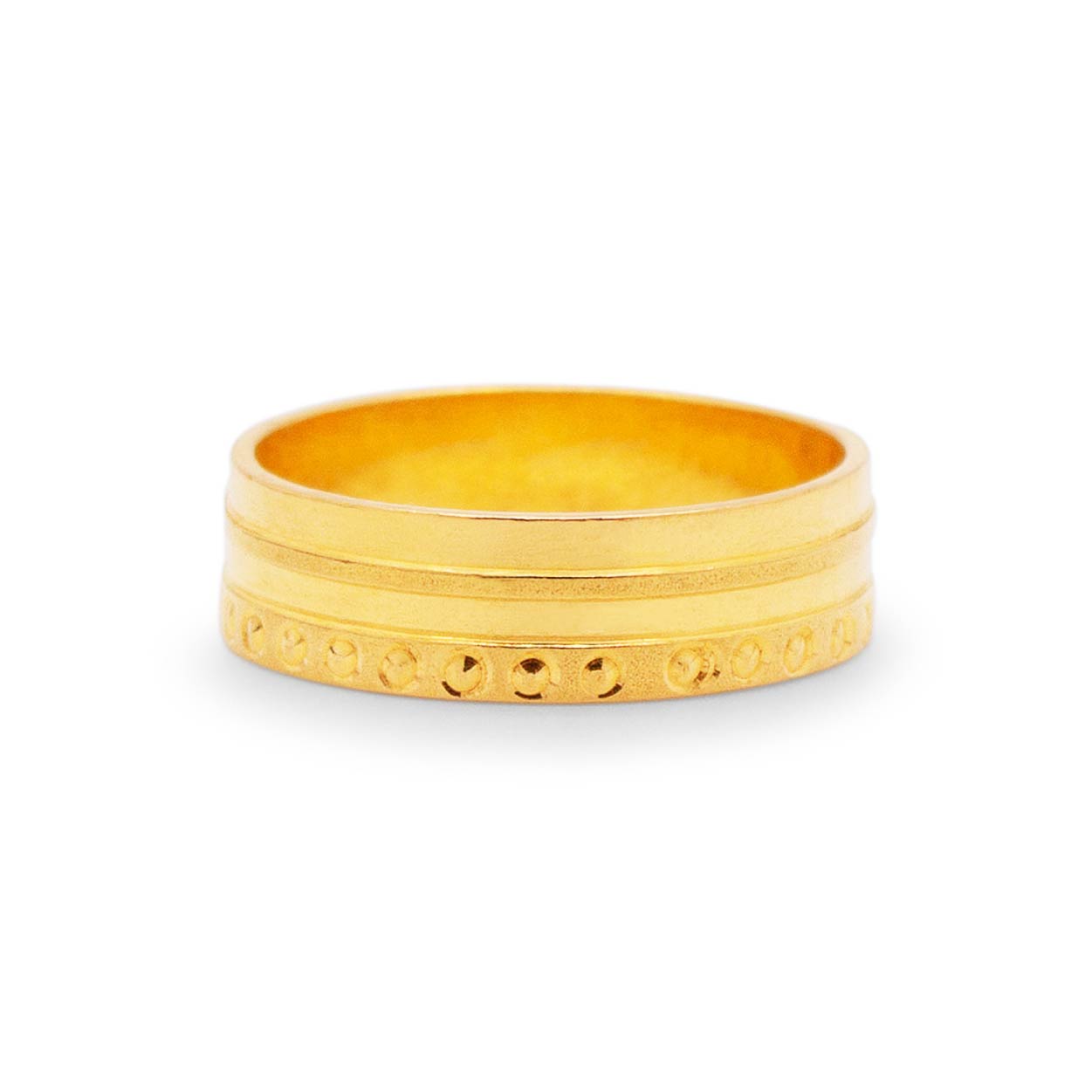
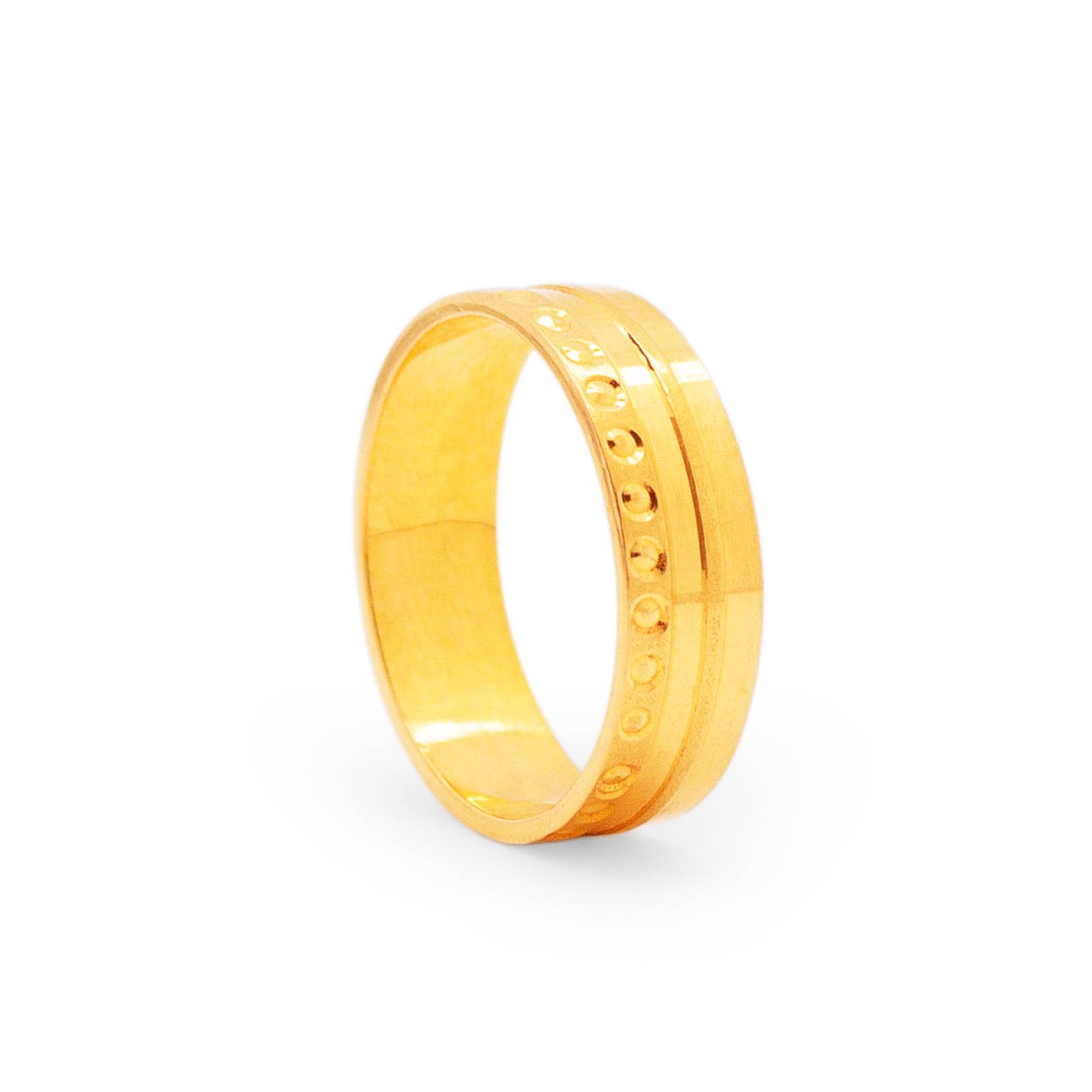

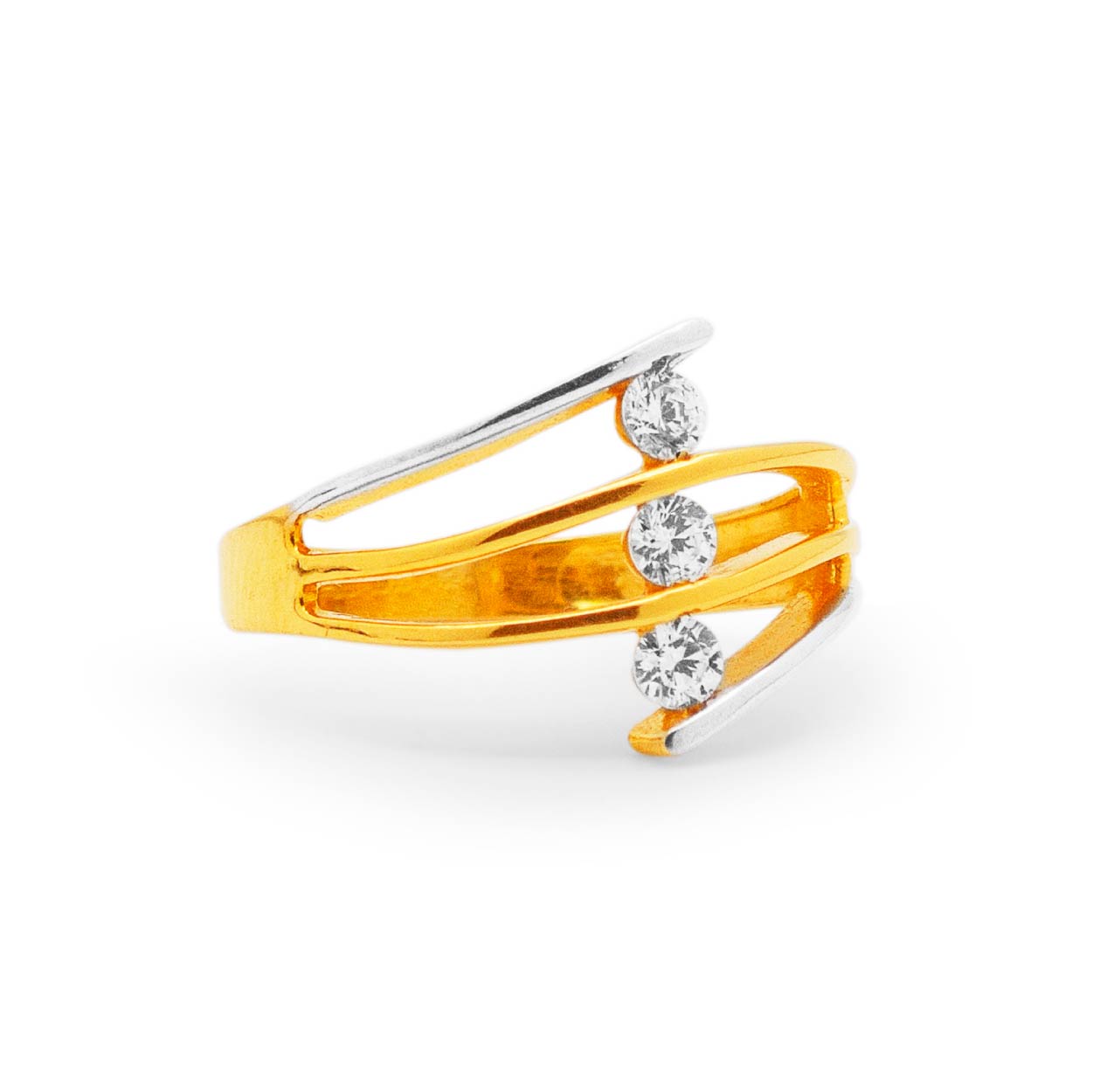
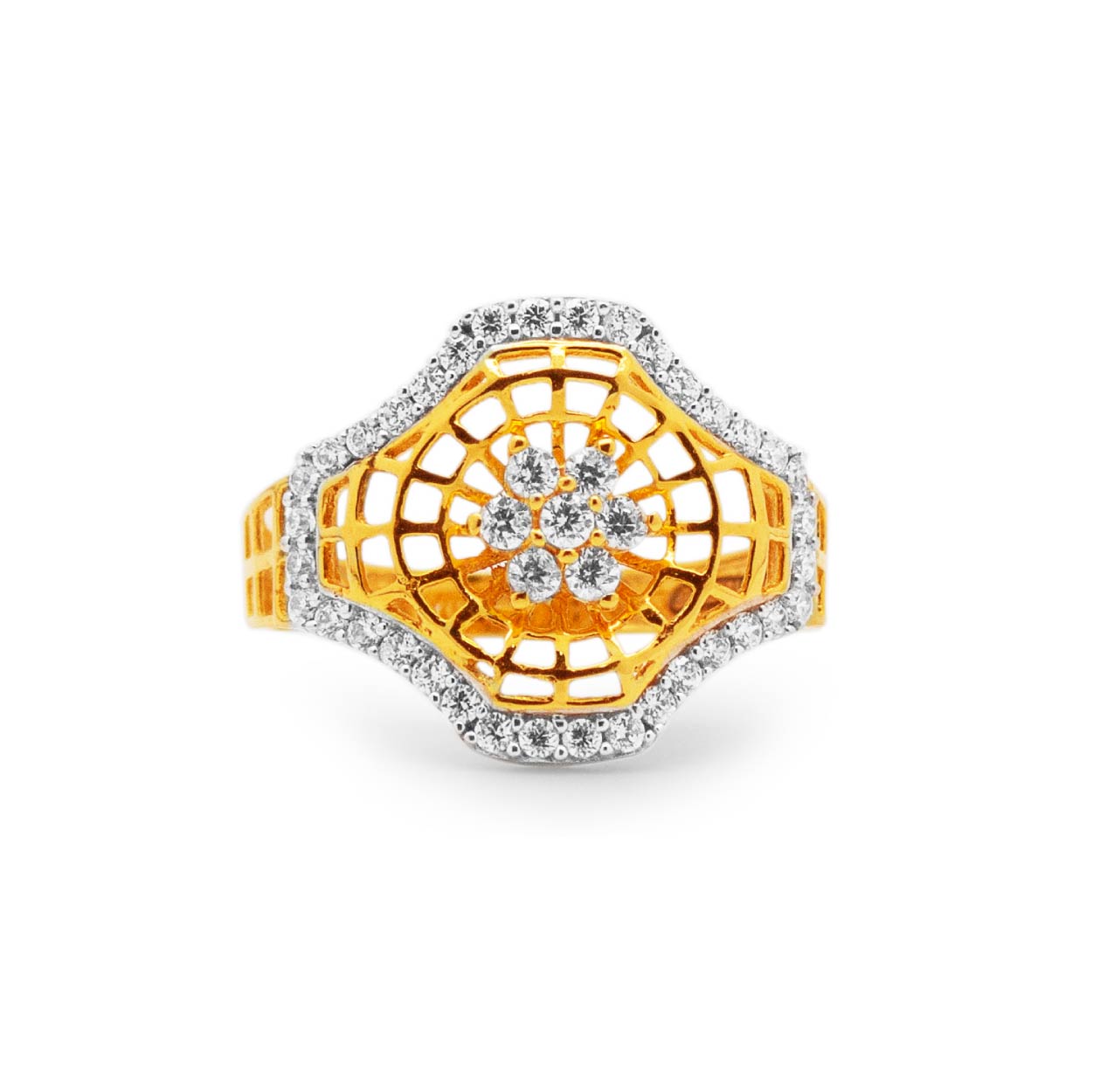
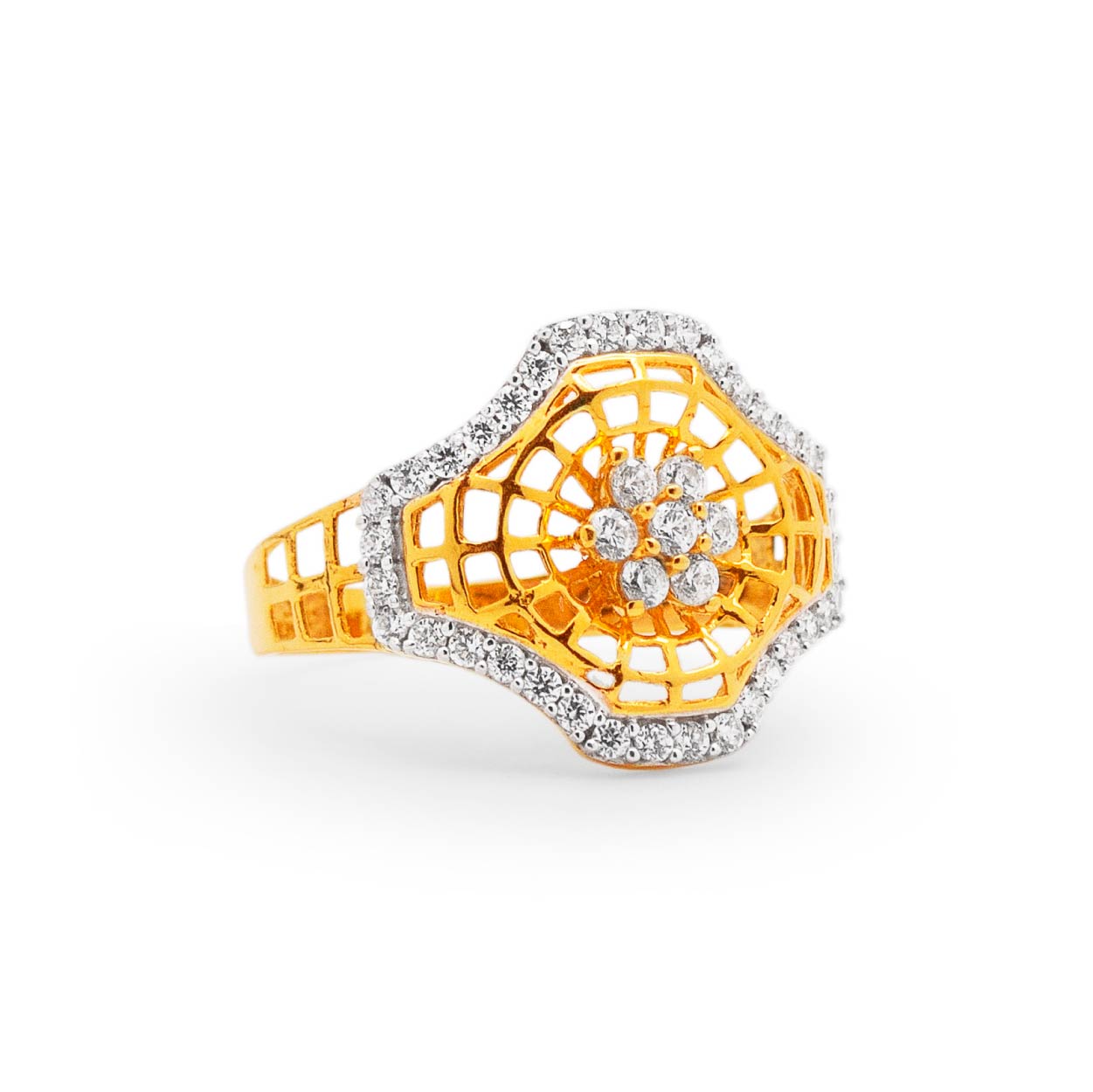


Reviews
There are no reviews yet.